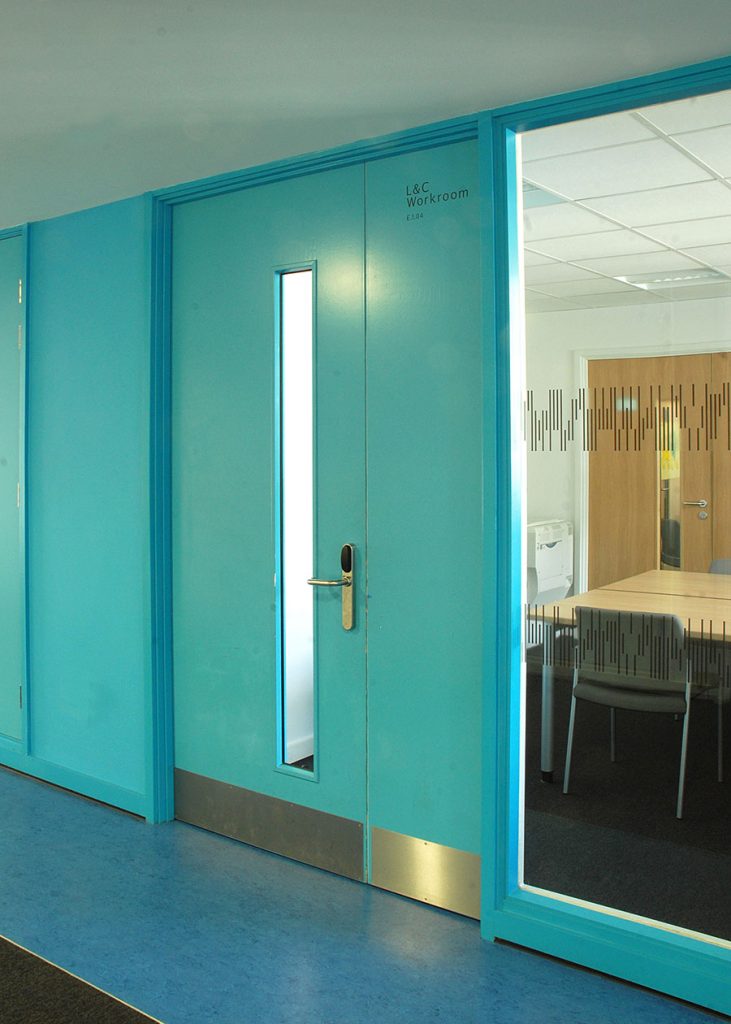A ‘System Approach’ to fire safety glass
While fire safety glass can be a key part of any building’s passive fire protection strategy, it only truly delivers its intended fire protection value if specified and installed as part of a tested and certificated system.

A ‘System Approach’ is a phrase that has perhaps come to the forefront of construction and the fire safety industry in the years since the 2017 Grenfell disaster. It was a subject that formed a key part of Dame Judith Hackitt’s review into Building Regulations and Fire Safety, documenting the need to think about building construction differently and to start viewing buildings as a single system, formed of a series of sub-systems. Indeed, the limitations of viewing and considering products in isolation, as opposed to how they will perform together as a total system once in situ, are widely apparent.
When it comes to fire safety, a system approach should be at the forefront of all specification and installation decisions. After all, in many ways, fire safety products are essentially just products, unless tested and certificated and brought together in an approved system.
Fire doors are perhaps the best, and most complex, example of this, relying on a multitude of different components all working together to deliver the required level of fire protection. From the door itself, including any veneer or paints used, to the glazing, intumescent seals, door closer and ironmongery, such as hinges and letterboxes, it all has to be tested and certificated as one overall system. Even the slightest change from the original specification on site, such as swapping out a different style of letterbox, can threaten the fire rating.
On the surface, fire safety windows and glazed partitions may appear simpler. However, there still is the glass itself, the frame, seal and fixings to consider. In terms of the frame, if it is made from wood, the selection of the right density and thickness of wood is integral to ensuring the system will perform as required. Likewise, with an aluminium frame, it is essential that the frames are fabricated in accordance with the test specification as, again, the slightest change could ultimately affect the overall fire rating.
It is clear, therefore, that achieving a fire safe system is far more involved than simply ordering and installing a fire safety product, such as fire safety glass, without consideration of the other associated components. All too often, there can be a view within the industry that fire safety glass is a magic material – that, if fire safety glass is installed in a window, door, partition or façade, then that wider system or product automatically becomes fire safe too. However, this of course is not the case.
It is here that third-party certification is really key. Schemes such as Certifire offer the assurance that a specification has been tested as a total system and has been proven to deliver the required levels of performance. It is important that installers and specifiers always refer to this primary test evidence and certification and follow the test specification carefully. Should you wish to alter a test specification, or are simply unsure, always seek advice from the manufacturer.
At Pyroguard, our expert technical sales managers are on hand to help. If you have a project that requires a bespoke fire safety solution, we can work with you to help create a system design that meets your performance requirements, using either existing or new test evidence. Likewise, for retrofit projects, increasingly common within the glazing industry, we can advise you on the test evidence available for the type of frame currently in situ and help you to select the optimum fire safety glass solution.
For more information about Pyroguard’s solutions or to contact the team click here
